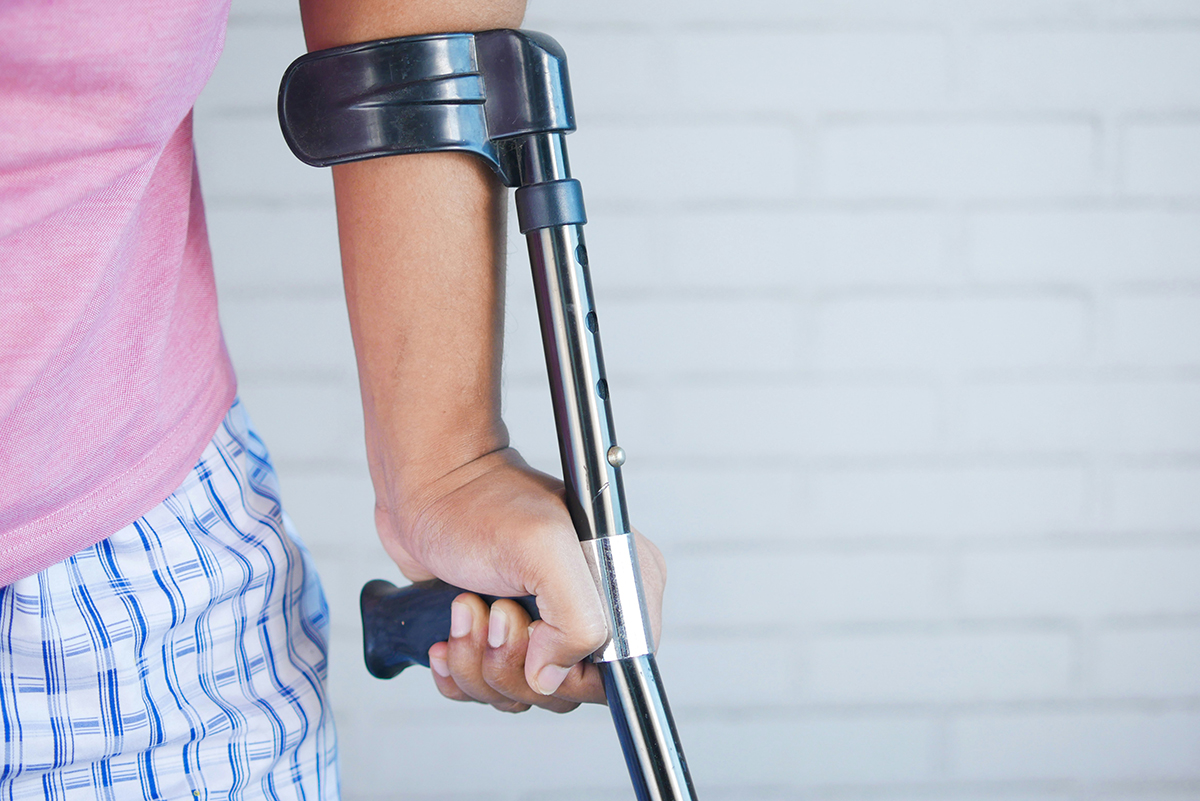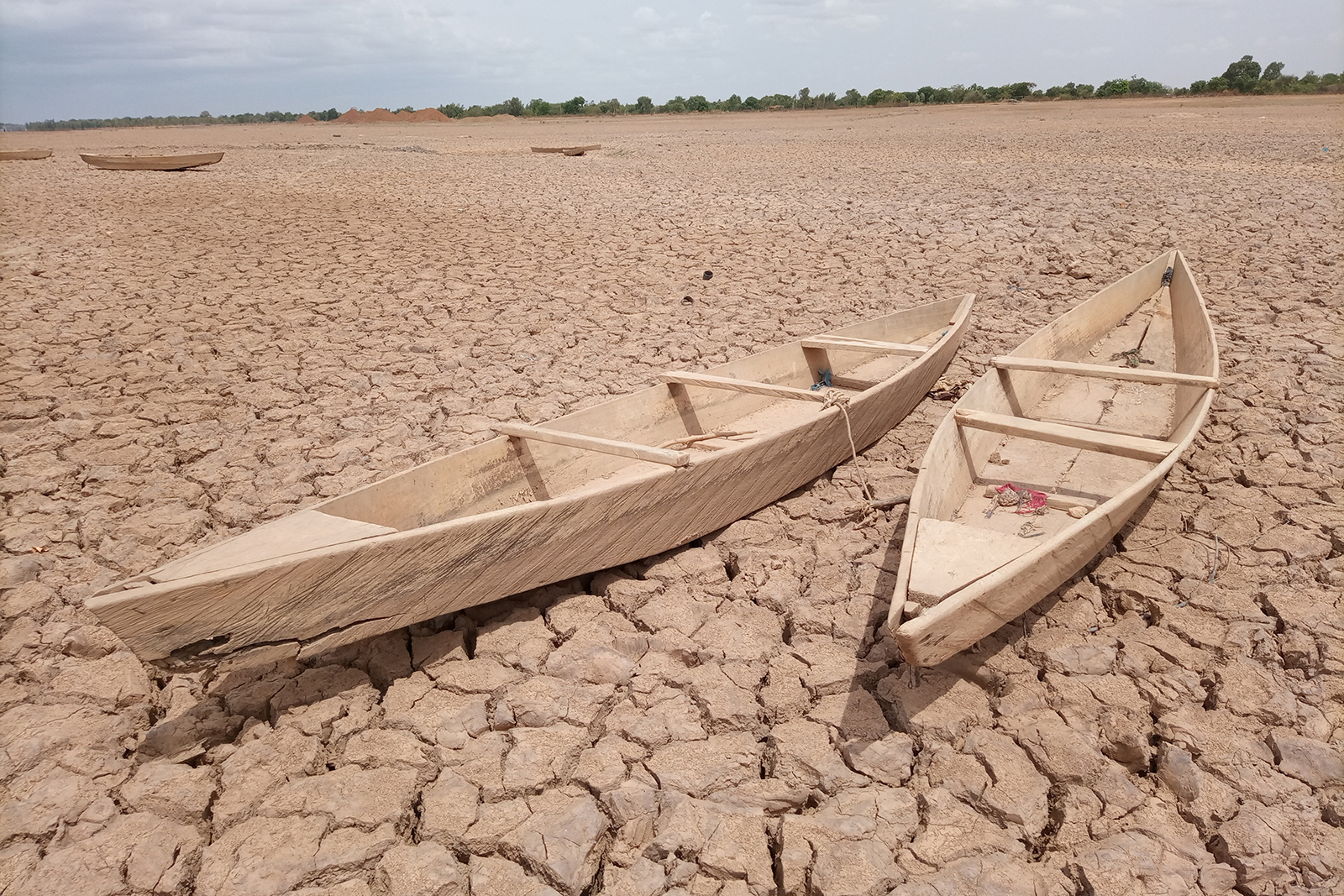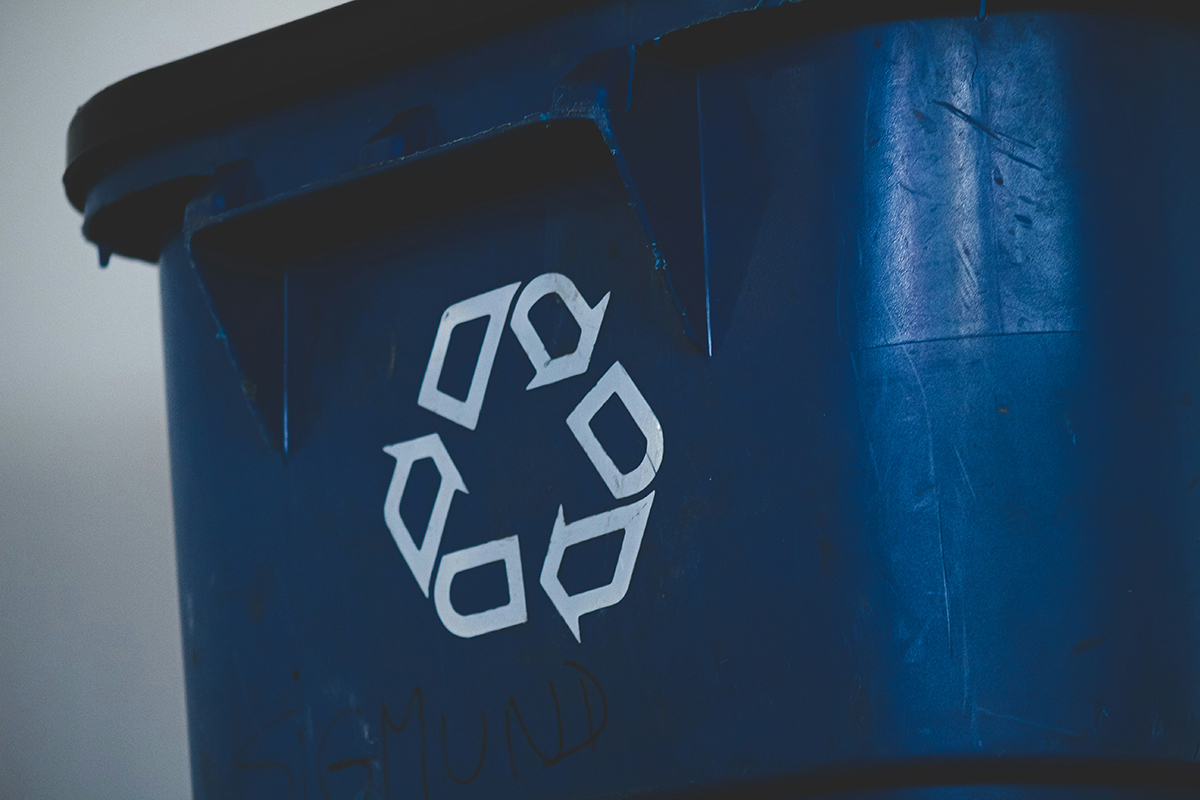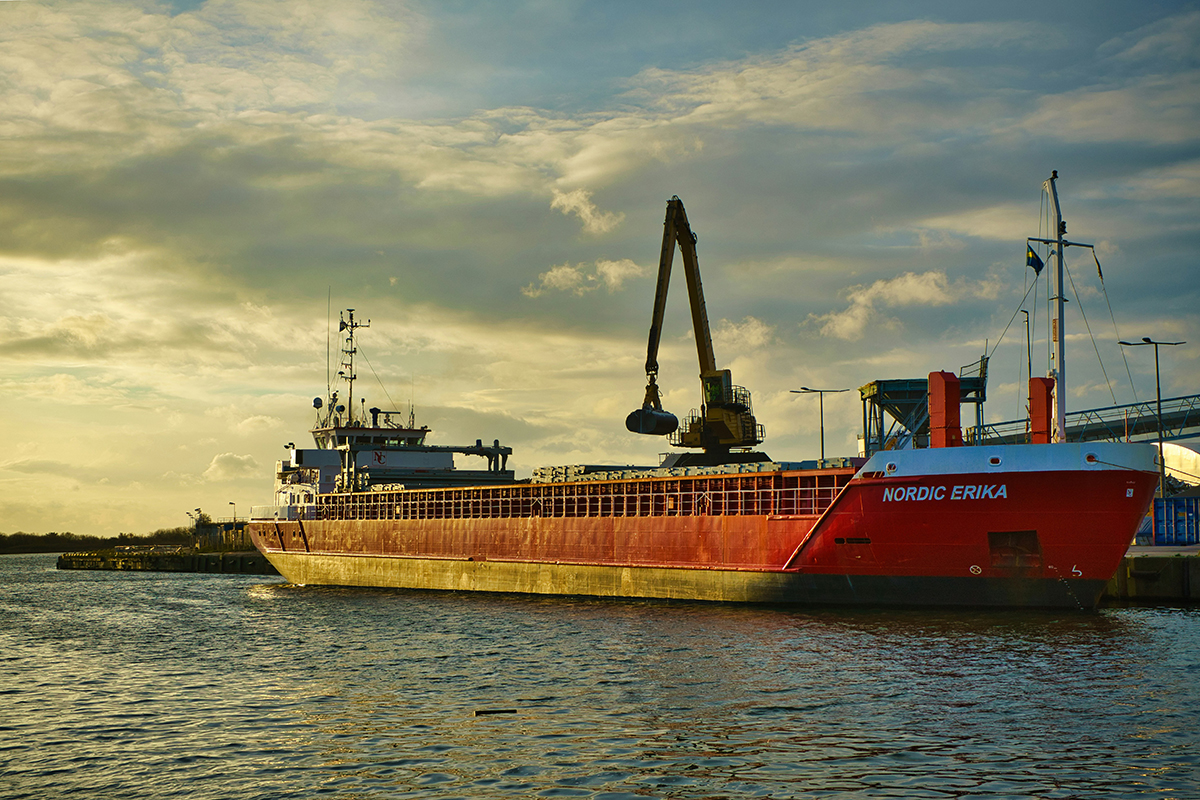Working environment
What work environment risks are there in the textile service industry?
Work tasks at laundries can be repetitive and heavy. They can involve strenuous work positions e.g. heavy lifting, bent or twisted working position, work above shoulder height, work below knee height, and unilateral movements.

Photo by Afif Ramdhasuma on Unsplash
What can we do to reduce the risks of a poor working environment?
🇸🇪 Systematic work environment work, SAM, is the basis for all activities related to the work environment. According to the Swedish Work Environment Act, employers must investigate, assess, remediate, and follow up on all conditions and efforts relating to the work environment to prevent ill health and accidents among their employees. The risk assessment must be documented in writing.
If an employee suffers ill health or an accident at work and if a serious incident occurs at work, the employer must:
- investigate the causes so that risks of ill health and accidents can be prevented in the future
- immediately or as soon as practicable implement the measures needed to prevent ill health and accidents at work
- take the measures that are otherwise needed to achieve a satisfactory working environment. Actions that are not implemented immediately must be noted in a written action plan, which also states who is responsible for the action being implemented. Implemented measures must be checked.
An important part in reducing the risk of occupational injuries is rotation between different work steps with different types of stress on the body.
Accidents that occur at work and work-related illnesses must always be reported to the Swedish Work Environment Agency. Their statistics show that between 60 and 80 accidents occur annually in the Swedish textile service industry. Vehicle accidents, missteps, heavy lifting and overloading are the most common causes.
🇩🇰 The Danish Working Environment Authority is responsible for workplace assessments (WPA). All companies with employees are required to carry out a WPA. WPA is an important tool for improving the working environment and is a mandatory process to ensure that the company addresses and prevents any potential occupational health and safety issues. The WPA consists of the following key elements:
1. Mapping the company’s working environment conditions and assessing any risks and occupational health and safety issues.
2. Assessing factors in the working environment that may contribute to sick leave.
3. Developing an action plan that outlines the issues and specifies how and when they should be addressed.
4. Implementing the action plan and following up to ensure that the solutions have the desired effect.
Read more here: Arbejdsmiljøloven – Læs mere om arbejdsmiljø & arbejdsforhold (arbejdsmiljoegruppen.dk)
You are part of something bigger
Accidents that occur at work and work-related illnesses must always be reported to the Swedish Work Environment Agency. Their statistics show that between 60 and 80 accidents occur annually in the Swedish textile service industry. Vehicle accidents, missteps, heavy lifting and overloading are the most common causes.
By actively contributing to work environment work, e.g. participate in safety rounds or alert your employer to risks, you can contribute to reducing the number of accidents and work-related illness in our industry.
Photo by Susan Wilkinson on Unsplash

Quiz – What have we learned about Working Environment?
Why is it important to rotate between different work steps?
 Photo by Keagan Henman on Unsplash
Photo by Keagan Henman on Unsplash
If an employee suffers ill health or an accident at work and if a serious incident occurs at work, what must the employer do?
 Photo by Towfiqu barbhuiya on Unsplash
Photo by Towfiqu barbhuiya on Unsplash








